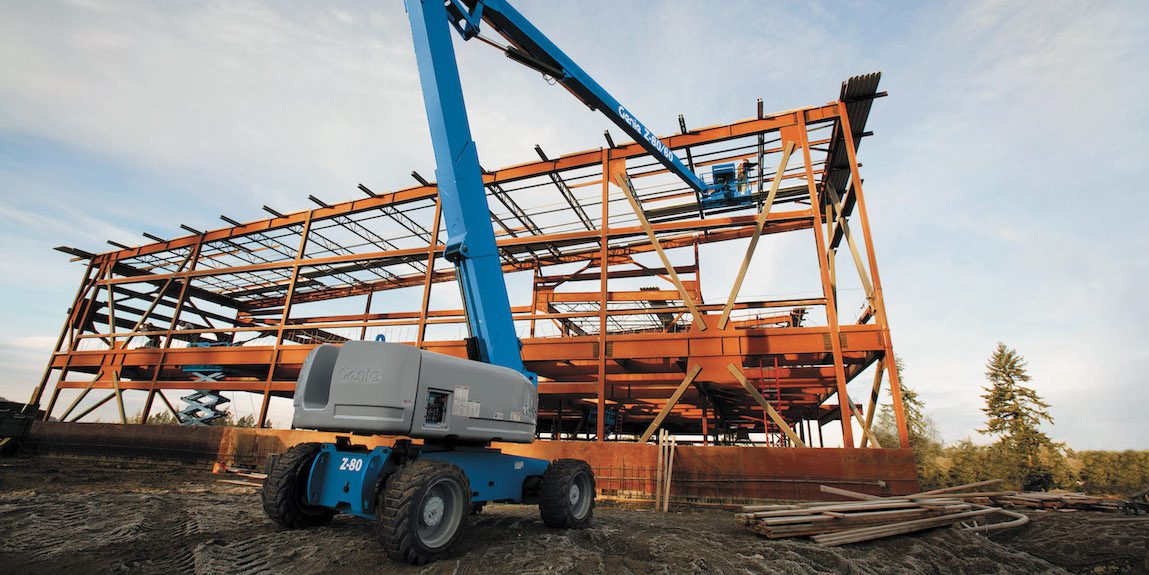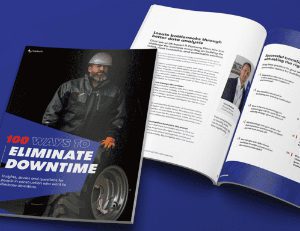

In this blog post, we will navigate through the obstacles that the construction equipment industry is facing today when considering implementation of telematics.
With the first telematic solution introduced nearly two decades ago, the construction equipment industry has been struggling with proper implementation of telematics.
Even today, almost twenty years later, many OEMs (Original Equipment Manufacturers) have not – or only partly implemented telematics throughout their complete product portfolio. The main reason being that the value versus the cost is not always clear enough.
OEMs have to deal with several factors when implementing telematics of which the initial investment cost sticks out. Other key factors are, for example, diverse customer segments and the low-risk attitude in the industry.
Evidently, investment costs still greatly influence the decision for implementing telematics in all sorts of equipment. Nevertheless, this is the wrong way for approaching telematics; we should take off from the customers’ problems and pains that we are going to solve! And, the benefits that OEMs can generate internally. From there, the decision should be made whether to implement telematics or not.
Telematics is a differentiator when done right.
Construction equipment OEMs serve a diverse group of customers, which all deal with different challenges in their daily operation. On these grounds, it is relevant to perform systematic and need-based customer segmentation. Based on identified customer pains and gains, it is possible to define telematic services, which will generate value for each specific segment. It is relevant that telematic services are being developed from both an internal technology push and external pulls.
Construction equipment OEMs deal predominantly with conservative customers when it comes to their way of doing business. Concepts like SaaS (Software as a Service), power by the hour and result-based invoicing have barely made their entry into the industry. Resulting in limited ways to market telematics. When it comes to monetizing telematics, it is relevant that suitable business models are being applied, which are different from regular machine sales and/or renting/leasing of equipment.
Per a McKinsey & Company report; R&D spending in the construction equipment says it all: 3.0% of revenue is being spend on R&D. In comparison with automotive OEMs (4.6%), we can state that construction equipment has a way to go when it comes to investing in new technologies. Besides the R&D spending, construction equipment customers deal with tight margins in construction projects, which leaves minimized space for investments. It is key that thresholds for implementing telematics, such as initial investment cost, are being reduced to a minimum, which directly relates to choosing the appropriate business model.
Willing to serve customers with advanced telematic services is a good mind-set, but achievements such as predictive maintenance and machine learning cannot be achieved when a solid foundation has not been established. Summarizing, OEMs should re-think their implementation strategy around telematics; start from a customer perspective, proceed in baby steps when it comes to developing & delivering services and ensure that telematics becomes accesible for customers.
The next blog will focus on how we can actually lower or remove the thresholds for implementing telematics.

Never miss an insight. We’ll email you when new articles are published on this topic.


